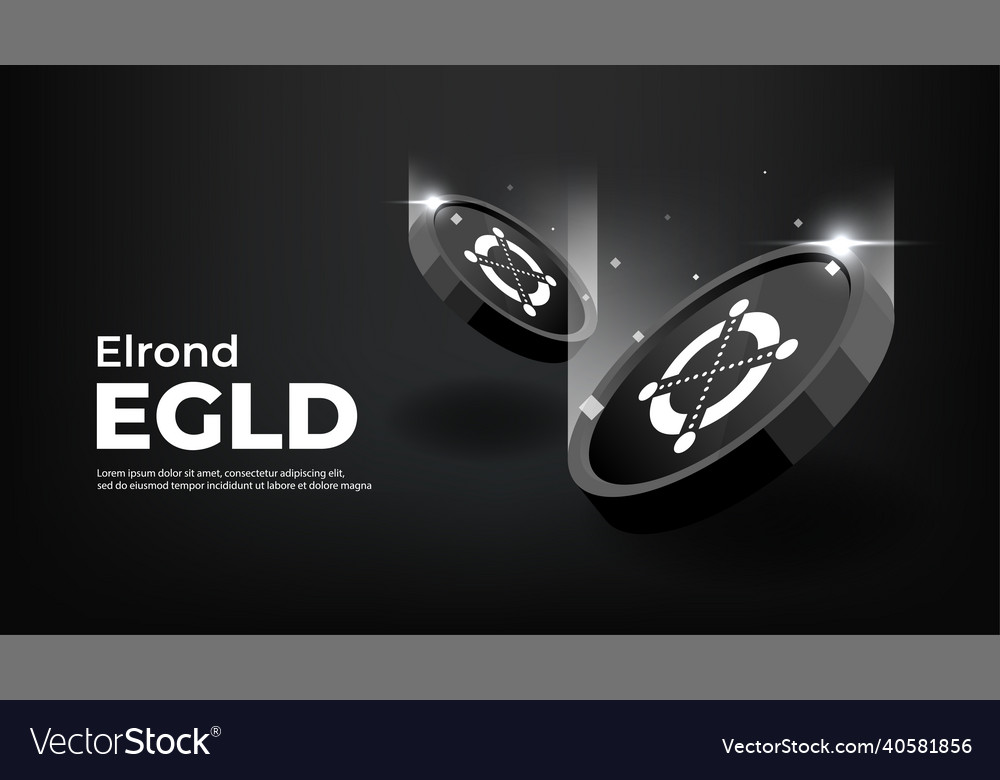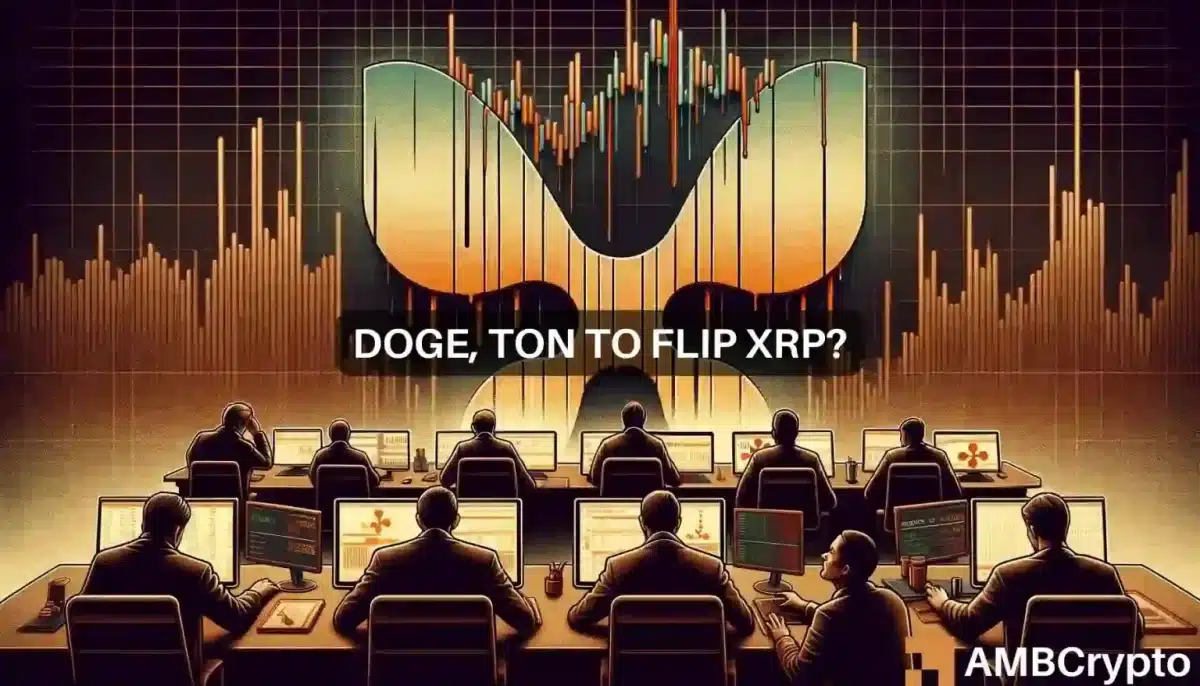Working Principles of EGLD
Elrond (EGLD):
Owner: Elrond is a blockchain platform designed to provide fast, secure, and scalable solutions for decentralized applications (dApps) and enterprise use cases. The project was founded by Beniamin Mincu, and the development is led by the Elrond team and the Elrond Foundation, a non-profit organization.
Uses: EGLD, the native cryptocurrency of the Elrond network, has several uses within the platform:
- Payment and Transactions: EGLD can be used to make fast and low-cost transactions within the Elrond network, making it suitable for everyday transactions and microtransactions.
- Staking: EGLD holders can participate in the network’s secure Proof-of-Stake (PoS) consensus mechanism by staking their tokens. In return, they can earn rewards for validating transactions and maintaining network security.
- Smart Contracts: Developers can use EGLD to pay for transaction fees when deploying and executing smart contracts on the Elrond network.
- Decentralized Applications (dApps): EGLD serves as a means of value exchange and interaction within various dApps built on the Elrond platform.
Seed Sale: Elrond conducted several fundraising rounds, including a private sale and a public initial exchange offering (IEO) on Binance Launchpad in 2020. These sales helped fund the development of the Elrond network.
Working Principles and Limitations: Elrond uses several innovative technologies to achieve high scalability and performance, including the Adaptive State Sharding mechanism. Key principles and limitations of Elrond include:
- High Scalability: Elrond’s sharding design allows it to process a large number of transactions per second, making it suitable for enterprise applications.
- Low Latency: The network is designed for fast transaction confirmation, with low block generation times.
- Energy Efficiency: Elrond uses a PoS consensus mechanism, which is more energy-efficient than Proof-of-Work (PoW) used by some other blockchains.
- Cross-Chain Compatibility: Elrond has cross-chain interoperability capabilities, allowing it to interact with other blockchains and assets.
- Adoption and Ecosystem Growth: Like all blockchain projects, Elrond’s success depends on adoption and a growing ecosystem. Limitations can include competition and the need for broader adoption.
Current Value: The value of EGLD can be checked on cryptocurrency market data websites or by visiting cryptocurrency exchanges that list EGLD trading pairs.
How to Buy and Sell EGLD: To buy and sell EGLD, you can follow these general steps:
- Select an Exchange: Choose a reputable cryptocurrency exchange that lists EGLD. Binance, Bitfinex, and other major exchanges often offer EGLD trading pairs.
- Create an Account: Sign up for an account on the chosen exchange, complete any necessary identity verification (KYC) procedures, and secure your account.
- Deposit Funds: Deposit funds into your exchange account, typically in the form of other cryptocurrencies (e.g., Bitcoin or Ethereum) or fiat currency.
- Buy EGLD: Place a buy order for EGLD on the exchange, specifying the amount you want to purchase and the price at which you’re willing to buy.
- Secure Storage: Consider transferring your EGLD to a secure cryptocurrency wallet, such as the Elrond Wallet or a hardware wallet, for added security.
- Sell EGLD: To sell EGLD, navigate to the trading section of the exchange and place a sell order, specifying the amount and price.
Please note that the exact steps and availability may vary depending on the exchange you use. Always exercise caution and conduct research before engaging in any cryptocurrency trading or investment.



